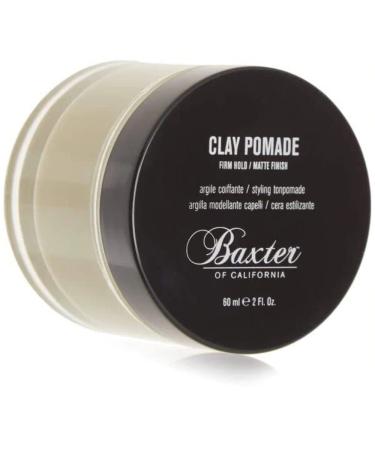Our bees collect nectar from flowers with their tongues, carry it to the hive with their "honey stomachs," and store it in the honeycomb cells. The honey matures in the honeycomb cells. Outside of the brooding period, we collect our honey using the sprinkling and comb filtering method. At Aydin Honey Land, we obtain different types of honey from different plant families due to our migratory beekeeping. This important detail in our production phase allows us to diversify our honeys into flower pine and chaste tree honeys.
It is impossible for us to produce the same amount of honey every season. Because plant families vary according to completely natural conditions, we can see what nature has to offer us when we open the hives during beekeeping.
Characteristics of Flower Honey
Flower honey, as mentioned, contains the nectar of numerous flowers, in accordance with the vegetation. This is its most important feature. Unlike natural comb honey, also known as karakovan (karakovan), honey is filled on the prepared (foundation) comb, allowing bees to collect pollen more efficiently. For flower honey, it is crucial that the beehives are not exposed to any pesticides. This allows for organic honey to be produced. This is the most important element of the definition of organic honey. Furthermore, it is important for the honey production area to be away from polluted areas such as highways.













